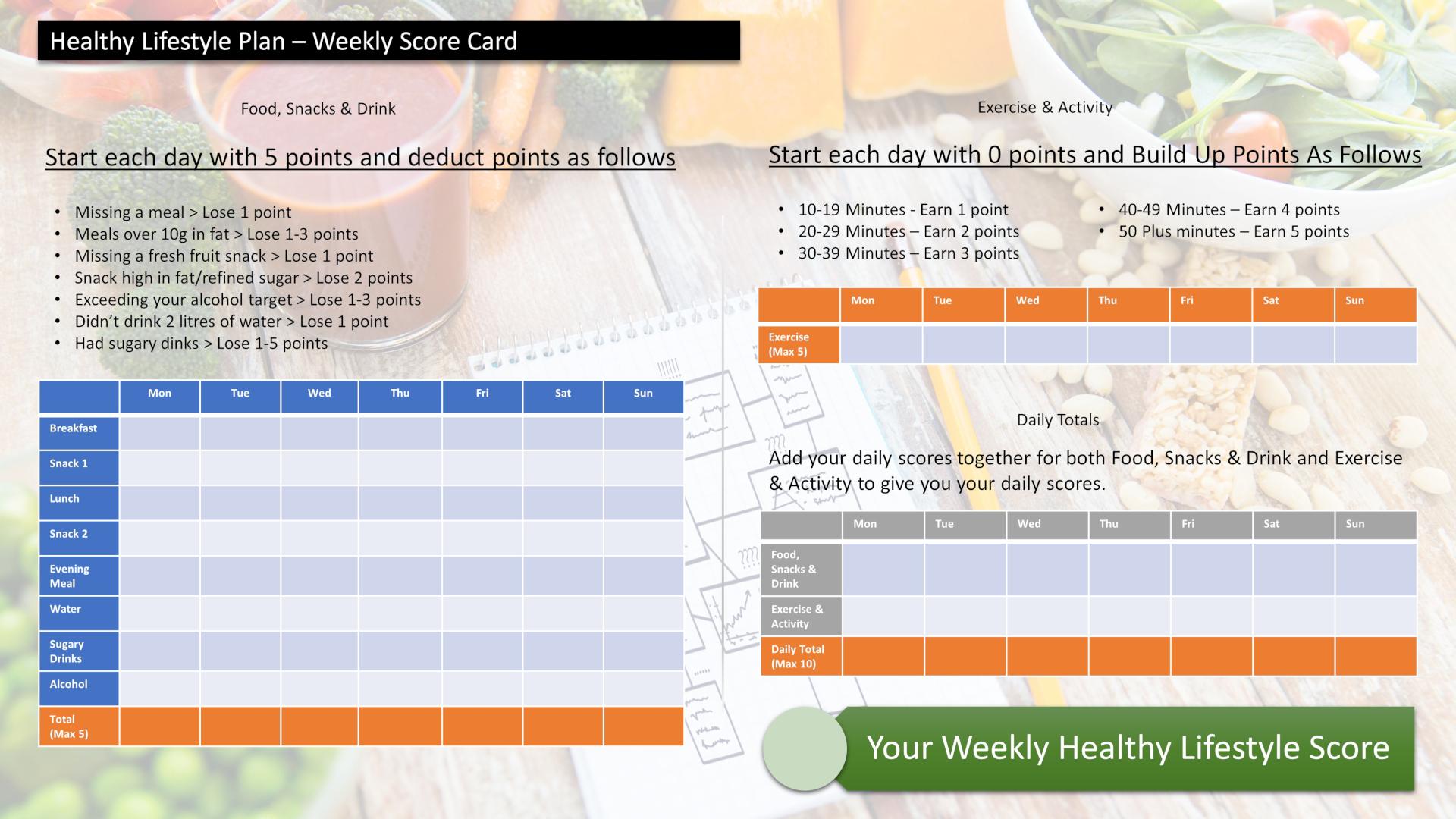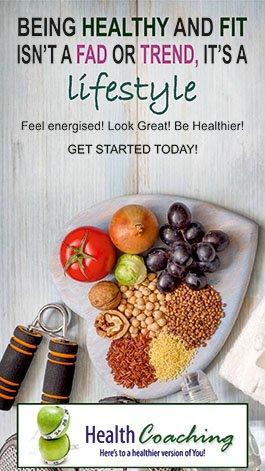Every year a multitude of people endeavour to lose weight. Many do it as part of their New Years resolution, others are driven by a forthcoming special occasion like a wedding or school reunion, and some do it for the reason that they’re unhappy with their weight and have been for more years than they care to remember – and want to change the way they look, others do it for health reasons.
A very key nutrition principle that I advocate is keeping your fat intake to below 10 grams of fat per meal.
Here are some tips to help get you started on reducing the amount of fat in your diet:
Meat1. Choose lean cuts of meat. Trim any visible fat from all meat before and after cooking2. Remove poultry skin before or after cooking.
3. Roast, bake, poach, or broil meat, poultry, or fish, so that fat drains away as the food cooks.
4. When baking meat place on a pan to allow the fat to drain away from the food.
5. Skim off fat from soups and stews made with meat or poultry.
6. Keep servings of meat or poultry on the small size 3-6 ounces twice a day is plenty.
Dairy 7. Choose low-fat or fat-free dairy products.8. Avoid cream sauces and fatty desserts.
9. Substitute vegetable-based oils or Becel for butter in recipes.
10. Separate eggs and use only the whites whenever possible because all the fat is in the yolk, whereas the white actually contains more protein. Two egg whites can be used in place of every one whole egg when cooking and baking.
11. Replace whole milk with skim or low-fat milk in puddings, soups, and baked products
12. Cut back on cheese by using small (1 oz) amounts on sandwiches and in cooking or use lower fat and fat-free cheeses (part-skim mozzarella, 1 percent cottage cheese, or nonfat hard cheese).
Dressings13. Try lemon juice, vinegar or fat-free dressing on salad,14. Use a yogurt based dressing instead of mayonnaise or sour cream dressing
15. Season vegetables with herbs and spices rather than sauces, butter, or margarine
16. Steam-fry: sauté foods in water, broth, juice or wine instead of fat (oil, butter, lard).
17. Steam, boil, broil, or microwave vegetables, or stir-fry them in a small amount of vegetable oil.
18. Use a nonstick pan for cooking so added fat will be unnecessary
19. Use a vegetable spray for frying.
Preperation20. Read the ingredients list on all packaged foods – Get in the habit of reading the nutrition information on the packaged foods. Compare the serving size and the fat calories per serving; then choose foods with the lowest amount of fat.21. Buy foods prepared with no added fats or oils, especially trans fats, hydrogenated or partially hydrogenated fats.
Final Tips22. Eat more servings of grains, vegetables, fruits, lentils and beans (kidney beans, three-bean salad, or chick peas (garbanzo beans))without added fat.23. When dining out choose baked potato instead of fries. Ask for vegetables instead of oily rice, pasta or potato.
24. Replace fatty desserts with fresh fruits, or sorbet
25. Drink more fluids without calories: water is the best choice
Many people give up on healthy eating because their food does not taste as good, but those who invest a bit of time to learn about alternative flavoring methods and try new low-fat snacks are rewarded with better-tasting food and healthier bodies.
Score Your Way To Good Health - With Our Healthy Lifestyle Plan
Score your way to good health with our healthy lifestyle plan and it's unique 70 point weekly scorecard!



